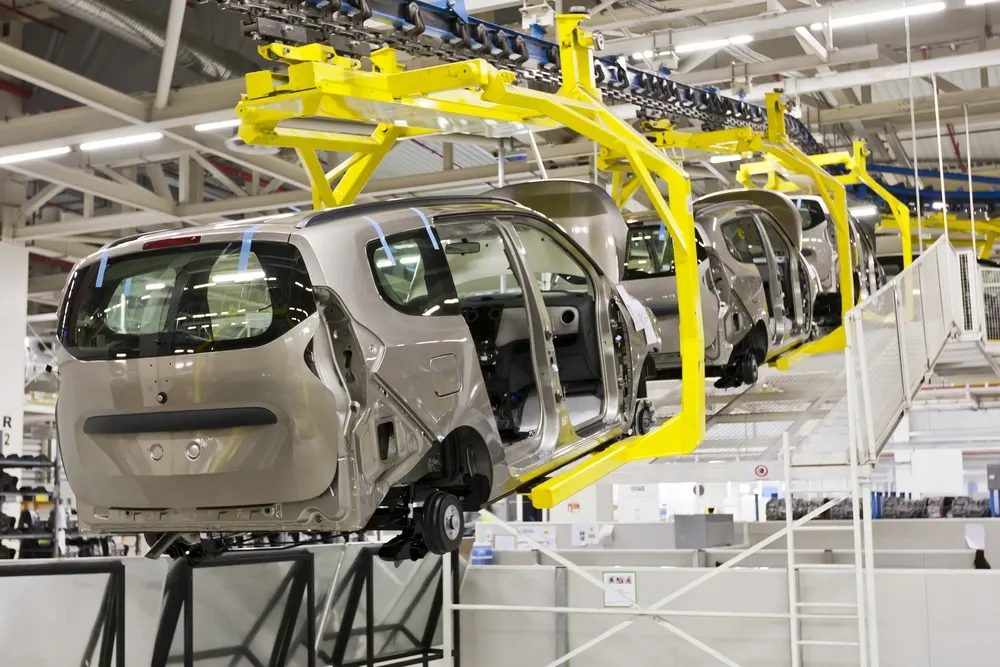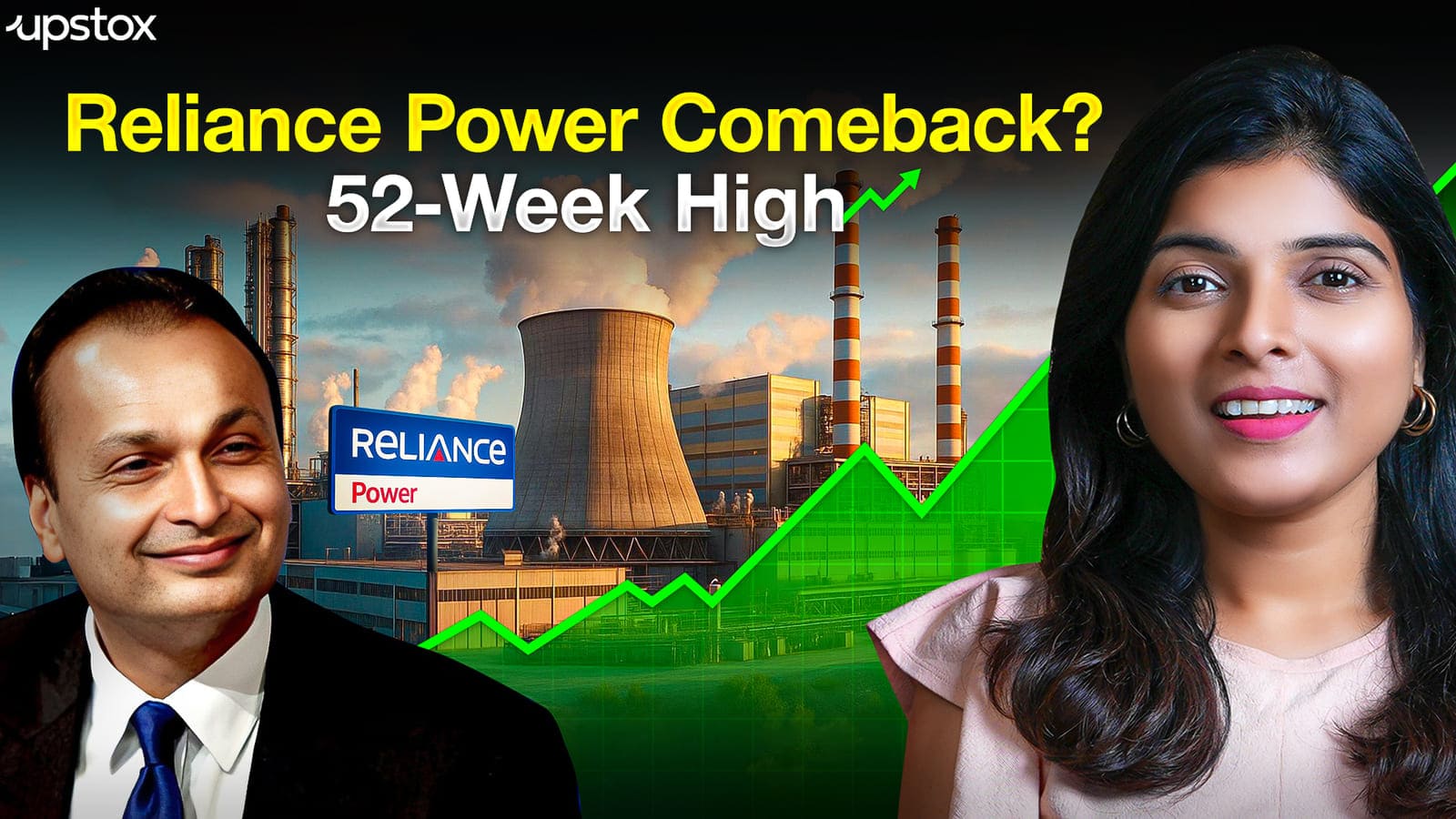Market News
GST rationalisation, infra push to PLI inclusion: Here’s what auto industry expects from Budget 2025
.png)
4 min read | Updated on January 23, 2025, 17:27 IST
SUMMARY
The automobile industry players have been seeking reduction in tax slabs and ease of GST compliance for a long time. As Finance Minister Nirmala Sitharaman is set to present the Budget 2025, the auto sector expects GST rationalisation, measures to promote adoption of green technologies and infrastructure push to propel demand for new vehicles.

GST rationalisation, infra push to PLI inclusion: Here’s what auto industry expects from Budget 2025 | image source: Shutterstock
Ahead of the Union Budget 2025, the automobile industry expects multiple friendly measures from the government to boost manufacturing and consumption.
As Finance Minister Nirmala Sitharaman is set to present the Budget 2025, the auto sector expects GST rationalisation, measures to promote adoption of green technologies and infrastructure push to propel demand for new vehicles.
Let’s take a look at the major expectations of the automobile industry from Union Budget 2025:
Boost to battery manufacturing
To recall, there were no direct announcements for the automobile sector in the Union Budget 2024. However, the previous Budget announced full exemption of customs duties on 25 critical minerals, including lithium, which was a major boost for battery manufacturing for electric vehicles (EVs).
In the upcoming Budget, experts are hopeful of new announcements to strengthen domestic battery manufacturing. According to reports, the central government is deliberating on a ₹9,000-crore initiative to bolster the domestic manufacturing of battery components for EVs and clean energy systems. The India Energy Storage Alliance (IESA) has been advocating for this initiative, similar to the the Production Linked Incentive (PLI) scheme, to support the EV players.
Currently, Indian manufacturers rely heavily on imported components for manufacturing batteries. The scheme, if approved, can reduce this dependency by pushing domestic manufacturing. Consequently, this could significantly reduce EV prices in India.
GST rationalisation
The auto industry is also looking at reduction in the goods and services tax (GST) rates across the entire EV ecosystem. Currently, GST on cars in India is implemented across multiple slab rates, with 28% and 18% being the most relevant rates in the passenger vehicle segment.
GST rationalisation will help in boosting demand for new vehicles. The automobile industry players have been seeking reduction in tax slabs and ease of GST compliance for a long time. Meanwhile, IESA has sought a uniform 5% GST on all battery types.
Reduction in tax for EV and components
Markets are hoping that the tax rate might be lowered for some categories of environment-friendly automobiles, or components essential for manufacturing of hybrids and EVs, to reduce their costs and boost their demand.
The electric vehicle industry has also demanded increased allocation under the PM Electric Drive Revolution in Innovative Vehicle Enhancement (PM E-DRIVE) scheme amid challenges like declining funding and policy uncertainties.
The PM E-DRIVE Scheme was launched in September 2024 and aimed to accelerate EV adoption and establish essential charging infrastructure across the country, promoting cleaner and more sustainable transportation.
Investment charging infrastructure
Expanding charging infrastructure for hybrids and EVs is also one of the key demands from the Union Budget 2025. Experts suggest classifying EV charging infrastructure under the ‘infrastructure industry’ that could facilitate access to cheaper financing.
Besides boosting manufacturing and building infrastructure, auto experts also highlighted the importance of investing in skill development to make sure that workforce issues do not become a hurdle in India’s auto story.
Upskilling of workforce
Experts say that fostering a skilled workforce is critical for the future of India’s EV sector as the sector would require a bigger pool of skilled workers to support production and maintenance as the industry grows.
At the consumer level, the Union Budget 2025 may introduce initiatives like lower interest rates on EV loans which could ease early adoption hurdles. Announcements on lower income tax rates or higher deductions could also increase disposable incomes in the hands of the taxpayers, thereby pushing auto sales.
Continued support through PLI scheme
The government had approved the PLI scheme in 2021 and earmarked a total budgetary outlay of ₹25,938 crore for the period between FY23 to FY27. The automobile sector players are seeking to expand the scheme for inclusion of more segments, like component manufacturing, to support domestic production.
Infrastructure push
Experts are also predicting the government’s focus on infrastructure could help the auto industry. Though the construction pace has remained moderate the government has prioritised road infrastructure over the last few Budgets. The Ministry of Road Transport and Highways received an allocation of ₹2.72 lakh crore in FY 2024-25 for capex. A further push for road infrastructure in Union Budget 2025 is likely to benefit both the commercial and passenger vehicle makers.
About The Author
Next Story

